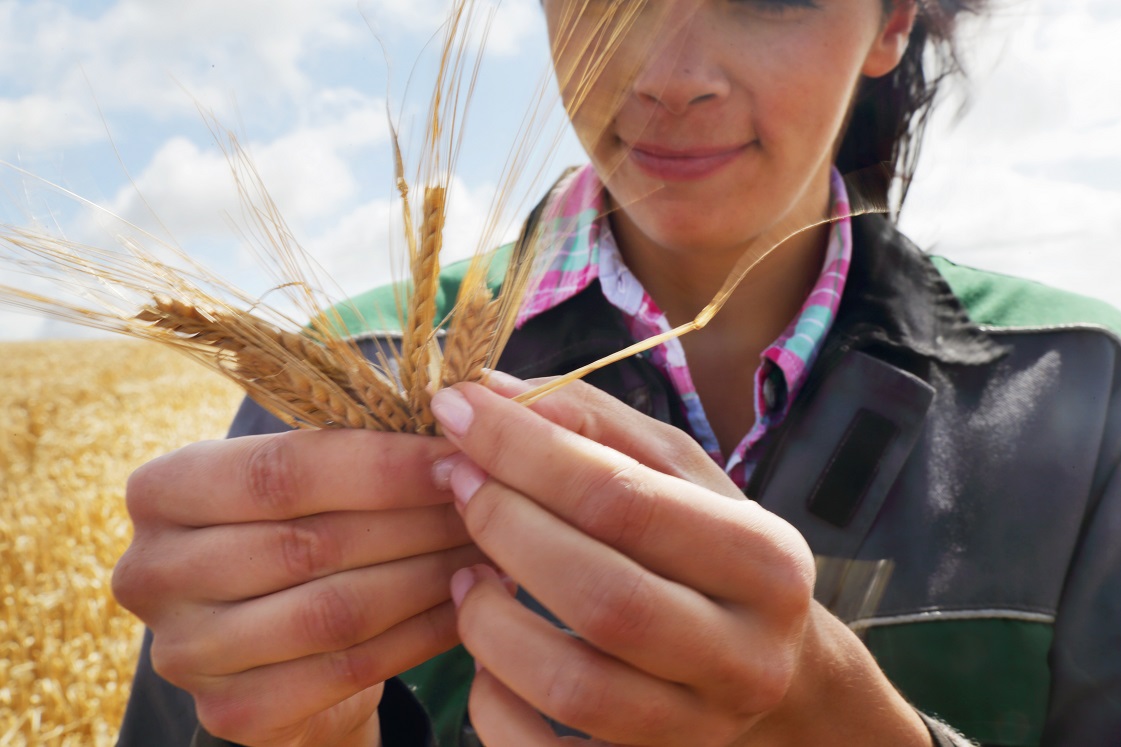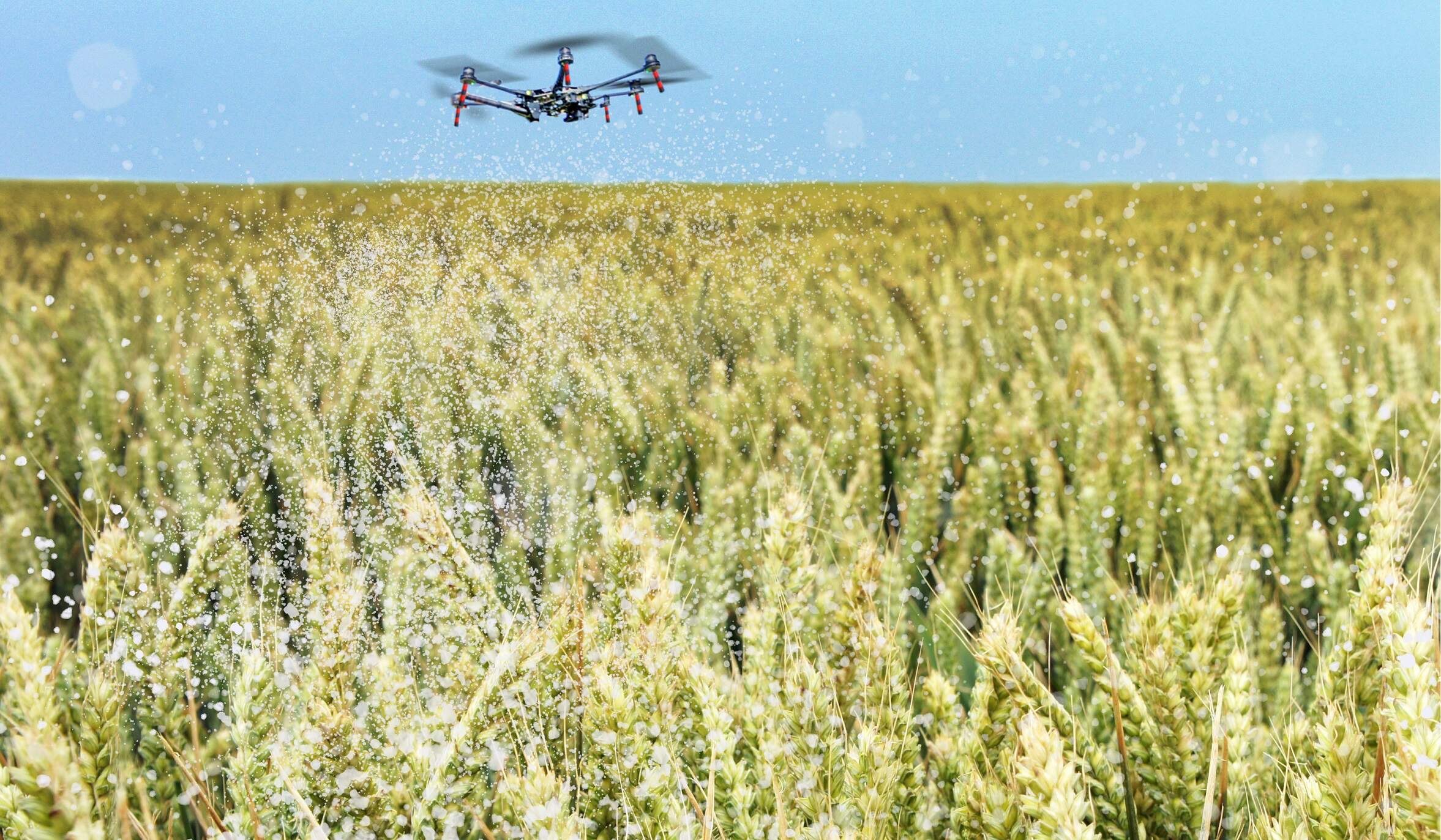Agri-tech solutions with the potential to help the planet
Farming with the environment in mind doesn't have to be old-fashioned. From DNA analysis to methane capture, Knight Frank's Rural Research team explores a selection of agri-tech solutions that have the potential to make a positive impact on the planet.
4 minutes to read
Gene editing and eDNA
Gene editing is a technology that offers both promise and concern. Andrew Shirley, Head of Rural Research at Knight Frank, acknowledges its “potential, if used responsibly, to solve some of the world's biggest problems”, such as climate instability and food insecurity.
"Being able to precisely edit strands of DNA to produce crop varieties that are more tolerant of drought, pests, and diseases seems like a fantastic opportunity during a period of climatic instability and food insecurity," he adds.
Despite the promise, gene editing has faced hesitations. Until recently, it was banned in the EU, but England has now passed a bill allowing its development and marketing. “So why the hesitation?” Shirley asks. “First, there is always the concern that it will be 'Big Ag' that benefits the most, not farmers.
"Second, the scientists say it is safe, but can we be 100% sure there won't be unintended consequences once gene-edited crops are growing in the countryside? And third, could it discourage people from focusing on techniques such as regenerative farming that might deliver the same benefits while doing more for the environment?"
On another genetic front, environmental DNA (eDNA) technology is gaining traction. Companies like NatureMetrics employ highly sensitive analytical techniques to assess biodiversity in a given location through soil or water samples. This analysis can prove useful in determining the presence of specific species like great crested newts.
However, as Shirley points out: “The more exciting application is to assess the benefits of environmental practices such as regenerative agriculture or rewilding. 'Before-and-after' samples can be compared to measure the additional biodiversity delivered, which can be rewarded financially."

Methane capture and intelligent ear tags
Livestock farming has come under scrutiny due to its contribution to climate change through methane emissions. Mark Topliff, an analyst at Knight Frank's Rural Research Team, highlights two agri-tech solutions addressing this issue.
One such solution is offered by Bennamann, a Cornish company capturing methane emitted from slurry lagoons. "The captured methane is cleaned and stored to generate on-farm heat energy or even power adapted New Holland tractors," Topliff explains.
"Defra's Slurry Investment Fund grant can help cover the costs of the membranes needed to trap and harvest the methane, making this an economically viable option for farmers."
Another innovative approach involves intelligent cattle ear tags that measure an animal's pasture intake. The amount of feed consumed strongly correlates with methane and carbon dioxide output.
Ceres Tags, an Australian company, developed smart technology with algorithms to estimate methane emissions based on an individual animal's behavior and activity. “This technology can be a game changer on different levels," Topliff says.
"Identifying animals with the highest feed efficiency can reduce the amount of feed a herd requires, ultimately leading to a herd that emits lower levels of greenhouse gases. This aligns perfectly with food supply chains' increasing focus on reducing their indirect scope 3 emissions, making this innovation highly relevant in demonstrating sustainable improvement for beef producers."

AI and machine learning
As natural capital gains prominence as an asset class, computing power is being utilised to optimise land use and enhance environmental outcomes. Andrew Shirley examines the role of AI and machine learning, particularly through Trinity Agtech's Sandy, a sophisticated carbon and biodiversity calculator.
Sandy employs semantic web technology and machine learning to create a digital twin of a farm, enabling high-level scenario planning field-by-field. By processing various data inputs, Sandy calculates carbon production, potential carbon credits and provides suggestions on how to reduce emissions with new cropping systems, along with detailed costings. It can also estimate the generation of biodiversity credits.
Shirley clarifies the role of AI in this context, explaining: "One probably shouldn't be too overawed by claims that things are powered by AI technology, as that covers a multitude of applications. There's no danger of Sandy taking over the farm, Terminator-style.
“But by using semantic web technology and machine learning to create a digital twin of your farm, it does allow for some very high-level and field-by-field scenario planning that goes beyond the suggestion to plant a few trees here or there."
The integration of AI and machine learning in agriculture marks the beginning of a data revolution. Sandy empowers farmers to make better decisions based on data-driven insights. As technology advances, Shirely adds: “It might not be too long before they are taking those decisions themselves in conjunction with a fleet of automated machinery.”
Download The Rural Report 2023/24